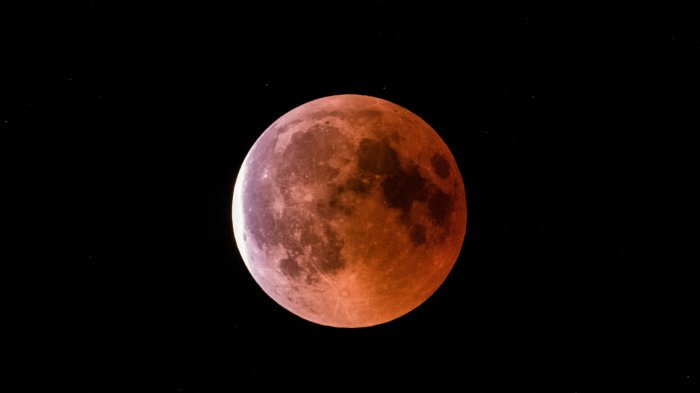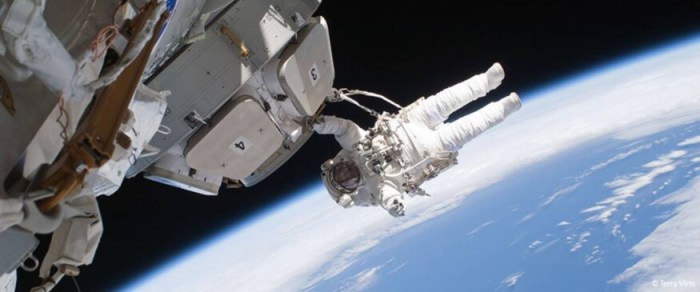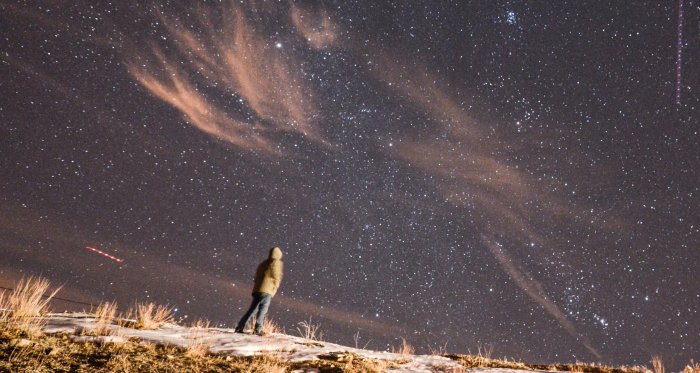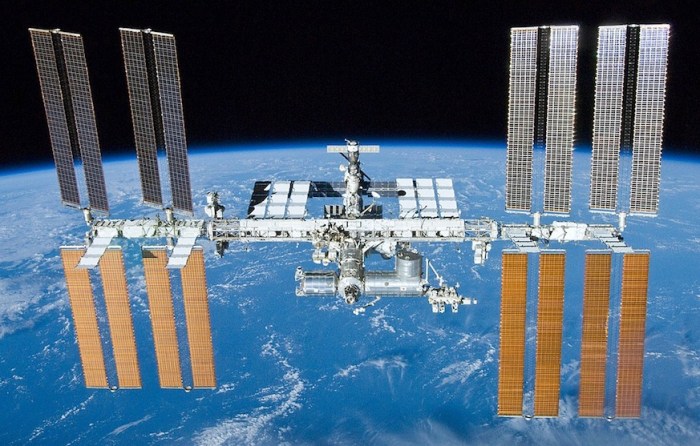NASA released the first picture of the Earth in 43 years, on Monday. A color image of Earth was taken by the Earth Polychromatic Imaging Camera (EPIC) on the Deep Space Climate Observatory (DSCOVR) satellite. The picture was taken on July 6 and features North and Central America. Once the instrument starts collecting regular data, EPIC will provide a daily series of Earth images allowing for the first time in history that researchers will be able to study the daily variations of the globe. The first pictures of Earth were taken in 1947 from 100 miles in space.
First the images ofPlutofrom the New Horizons spacecraft and now photos of Earth, NASA is on a roll and naturally people took to social media upon hearing the news including the President.
President Obama tweeted:
“We are not just Americans, but citizens of Earth.” —@StationCDRKelly http://t.co/eOShEche3z pic.twitter.com/nGPsTVC4Hh
— Barack Obama (@BarackObama) July 20, 2015
Astrophysicist, cosmologist, author, science communicator and Frederick P. Rose Director of the Hayden Planetarium Dr. Neil DeGrasse Tyson took to Facebook “at the request of the White House” to reflect on the image. He wrote:
“…Regrettably, we still live in a turbulent world. But we now have at our disposal, not simply a photograph of our home to reflect upon, but continual data of our rotating planet, captured 13 times per day, by the robotic Deep Space Climate Observatory (DSCOVR), a specially designed space camera & telescope, launched and positioned a million miles from Earth. We will now be able to measure and track Sun-induced space weather as well as global climactic trends in ozone levels, aerosols, vegetation, volcanic ash, and Earth reflectivity, all in high resolution; just the kind of data our civilization needs to make informed cultural, political, and scientific decisions that affect our future. Occasions such as this offer renewed confidence that we may ultimately become responsible shepherds of our own fate, and the fate of that fragile home we call Earth….” The objective of DSCOVR is “to maintain the nation’s real-time solar wind monitoring capabilities, which are critical to the accuracy and lead time of space weather alerts and forecasts from NOAA” and the pictures delivered to NASA from the satellite will help NASA do just that.


















